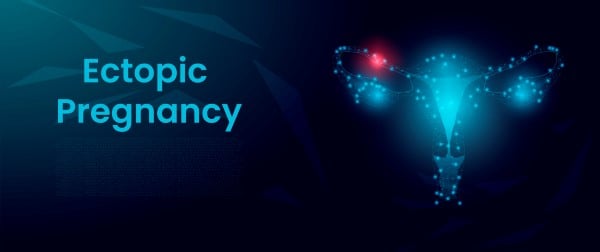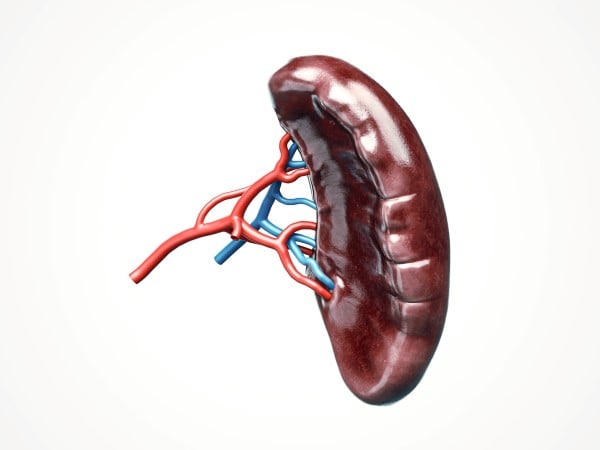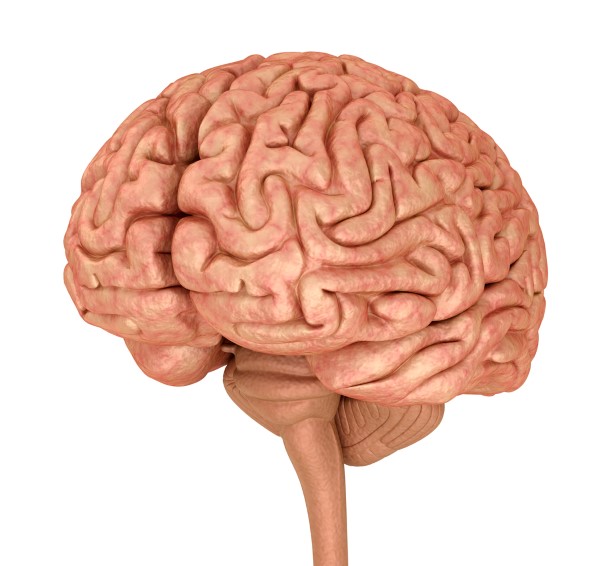Browsing: Clinical

Toxicology
Paralytic shellfish poisoning (PSP) is caused by eating filter feeders contaminated by paralytic shellfish toxin from algae. Toxin levels contained in a single shellfish can be fatal to humans. In cas
A Case of Paralytic Shellfish Toxin Poisoning in the Aleutian Islands
4/15/2024 Sarah Spelsberg, MD, FAWM, FEWM , Megan Sarnecki, MD , Sara Filmalter, MD, CAQSM, FAWM, DIDMM , Abraham Boxx, BCP, BSN, RN, TCRN, CFRN, CCRN, CEN, NRP, FP-C, FAWM , Heather Edmison, FP-C , Holli Carter, RN, BSN, CCRN, CFRN





Flood syndrome is defined as a spontaneous rupture of an umbilical hernia leading to sudden loss of ascitic fluid. It is a rare condition that carries a high mortality rate.




